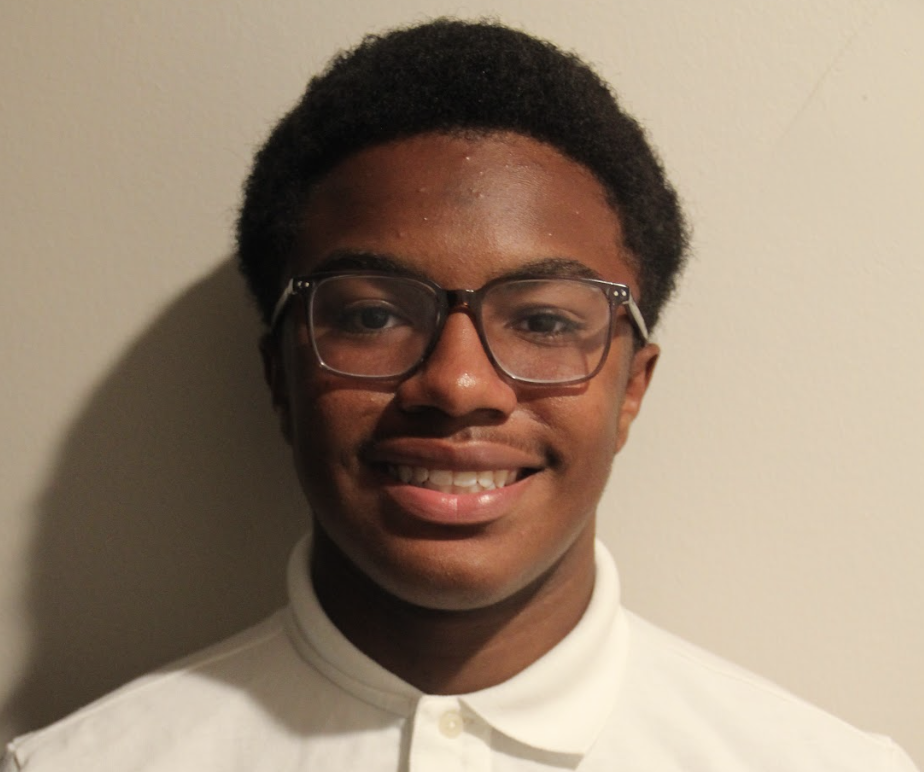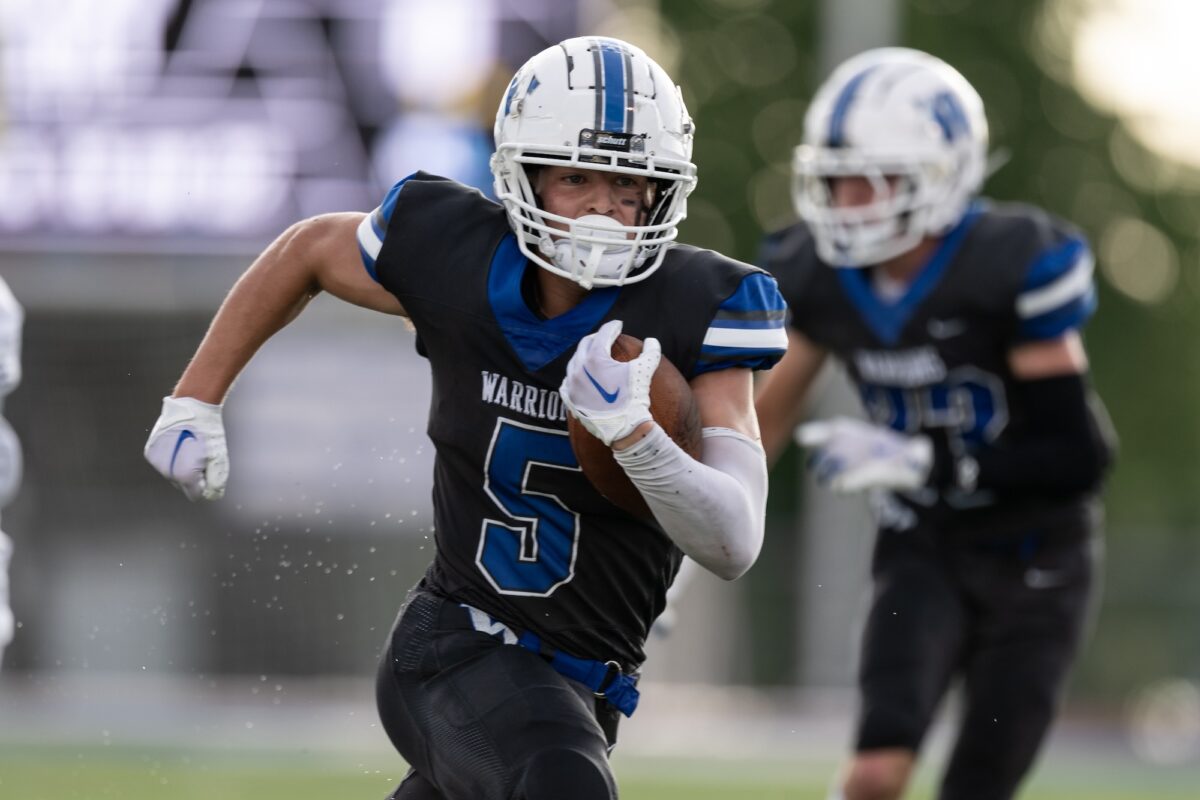by Robert Thompson

This piece is part of the Detroit Journalism Summer Camp, run by The Detroit Writing Room in partnership with Planet Detroit.
Peers made fun of Walled Lake Western quarterback David Krall during his youth because of his small stature. He was smaller than most boys his age, and that threatened his dream of playing at the highest level of college sports: Division 1.
However, a threat was all this was, as Krall never let his size define his ability. Krall spent countless hours in the weight room, studying film and sharpening his on-field skills, all of which didn’t go unnoticed by college coaches.
Through hard work, elite leadership skills and an outgoing personality, Krall, a high school junior, has already earned two offers to play for elite college football programs. Standing 6-foot-1, he remains small by D-1 standards, but he can see a path toward his goal of playing top-tier football.
Krall’s mindset is just as important as his physical development. He’s learned to channel pressures into motivation rather than letting it break him, but the same cannot be said about other athletes his age.
Now comes another pressure.
A 2023 study of 200 high school athletes found that 91% experienced stress related to sports, with fear of failure and self-pressure being the main catalysts for this stress. Coaches typically say their athletes need to overcome this pressure, but for many athletes, the pressure causes them to “fold” and never reach the level that everyone thinks they should.
“Being on a really good team and having a lot of really good players surrounding you at every position makes it very stressful when you don’t get the recognition that you think you deserve,” says Joshua Bryant, former West Bloomfield High School football player and current Adrian College football DE.
For the minority of the athletes who overcome this pressure, like Krall of high school football powerhouse Walled Lake Western, the outcome is amazing. Though he faces heat from peers, administration and coaches, he’s still able to achieve what he’s been working so hard for and become the athlete he wishes to be.
“I just focused on myself and did what I was going to do. Doing that got me two offers,” Krall says.
Still, mental health professionals say the pressure takes a toll on students.
“Parents and coaches need to do a better job of paying attention to effort and hard work in kids that take risks and challenges versus just telling them how great they are, or focusing on the outcomes,” says Dr. Jason Novetsky, sports psychologist and founder of Champion Mindset Group. Novetsky highlights a critical shift that’s needed in youth sports: focusing on the athlete’s journey, not just the results.
This shift in focus to growth and enjoyment can ease the pressure and build resilience in today’s athletes. Novetsky is not the only one who thinks this.
The father of a Division 1 track athlete (who asked not to be named due to fear of losing scholarship opportunities for his daughter) agrees with this belief. He suggests that other parents could have their student athletes broaden their perspectives by viewing different divisions and conferences beyond just the big-name schools.
These could include Division 2, which is the level right below Division 1, or D-1 FCS (Football Championship Subdivision), which is a lesser-funded group of D-1 schools. He believes that this could give athletes a realistic picture of where in the sports world they truly fit.
In 2024, there were 8 million high school athletes, according to the NFHS High School Athletics Participation Survey, but only about 6% of them will ever reach the highest level of college athletics. This small percentage shows just how improbable it is for an athlete to be a part of the upper echelon of college sports.
Despite this harsh reality, this still doesn’t change the minds of many young athletes who still believe in “D1 or Bust,” which can lead to many long-term effects such as burnout or depression when that goal proves out of reach.
“I see burnout, I see avoidance start to set in because of the disappointment. Then that’s where I see a lot of other things develop that are problematic,” says Dr. Dan Pillow, former sport psychologist for the Detroit Pistons and a current private practice sports psychologist.
While Krall has seen the effects of disappointment on his teammates, he’s still making strides with an open mindset.
“I’m just going to work hard, on the board and on the field, and what happens happens. I can control what I can do, and that’s all it is, leave it up to God,” Krall says.
The quarterback’s approach to the uncertainty of going D1 provides a sense of hope as he focuses on what is in his hands instead of obsessing over odds and outcomes. The same cannot be said for all athletes, as the culture around them only recognizes the elite, which makes it hard to find happiness or a sense of purpose without being D1.
However, when the spotlight only shines on the top tier, it is still vital that those outside of the group know that their worth isn’t tied to their sport or how far they go with it.
The close to impossible odds of playing at the highest level aren’t meant to discourage the 94% of athletes who don’t fit the mold, but instead take away the immense pressure and help them to set more reasonable and attainable goals.
Ultimately, there’s nothing wrong with the dream of playing Division 1. It’s the obsession with playing at the premier level and the belief that it’s the only path to success that causes many athletes to fail.
Many of these athletes allow external pressures and the D1 chase to overshadow their love for the game. Those who thrive in their sport are often the ones who learn to define success on their own terms and keep perspective amidst chasing their goals.
As Krall shows, it’s internal factors such as work ethic and mindset — not just size and performance statistics — that decide whether an athlete will reach D1. Krall also shows us that reaching the next level depends on talent, but also how an athlete responds to pressure and who is there to support them along the journey.
It’s not only the individual athletes that can stop the stigma. The necessary lessons athletes receive in their sport such as overcoming adversity, handling setbacks and building resilience are often taught by someone other than the athlete.
If coaches, parents and our society as a whole can learn to not only focus on the destination, but the journey, youth can find fulfillment in their sport, D1 or not.

Robert Thompson is a sophomore at Walled Lake Western High School and is very interested in journalism and media production. Robert joined The Detroit Writing Room’s journalism camp to sharpen his writing skills while also being eager to learn the many different forms and techniques of journalism and reporting.
Outside of journalism, Robert is a three-sport athlete participating in football, wrestling and track while still maintaining a 4.2 GPA. After high school Robert plans on attending college to get a degree in broadcasting. He plans to one day become a reporter.


